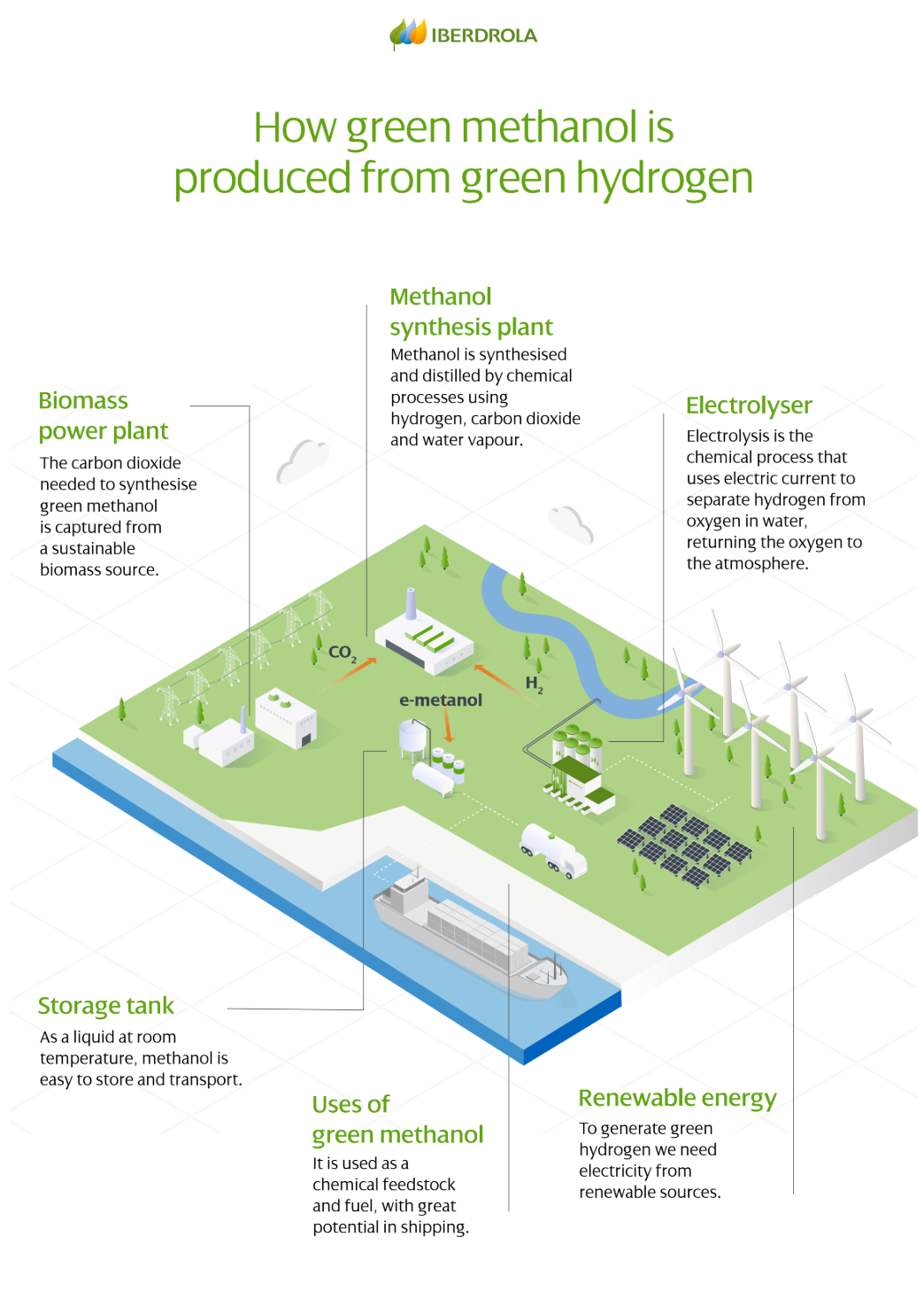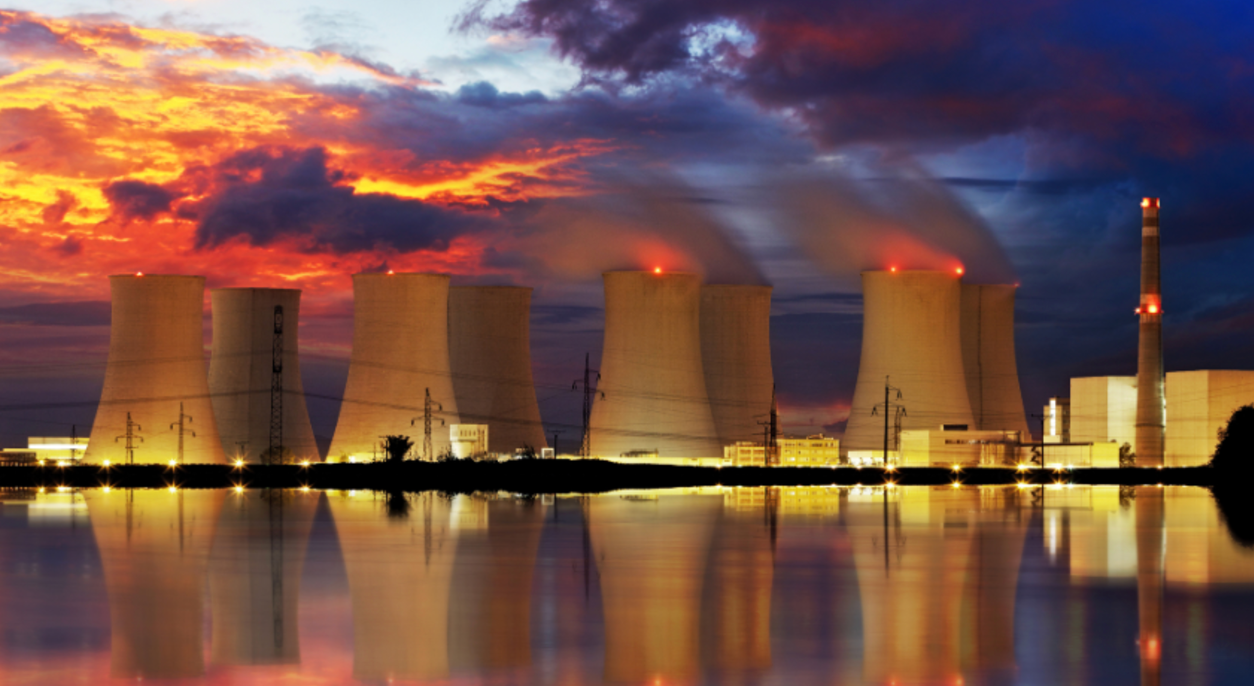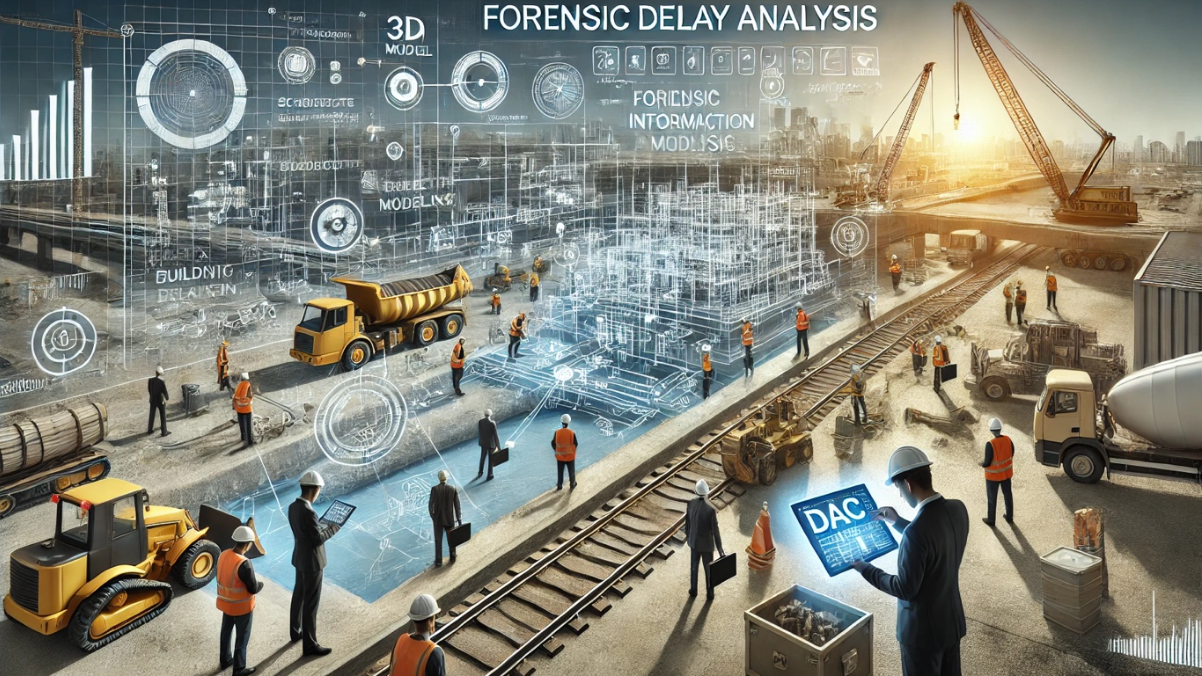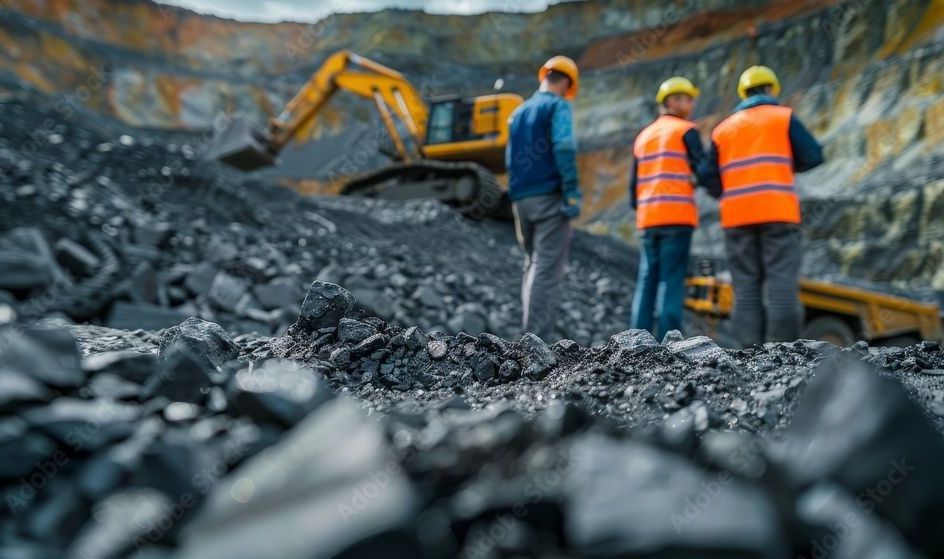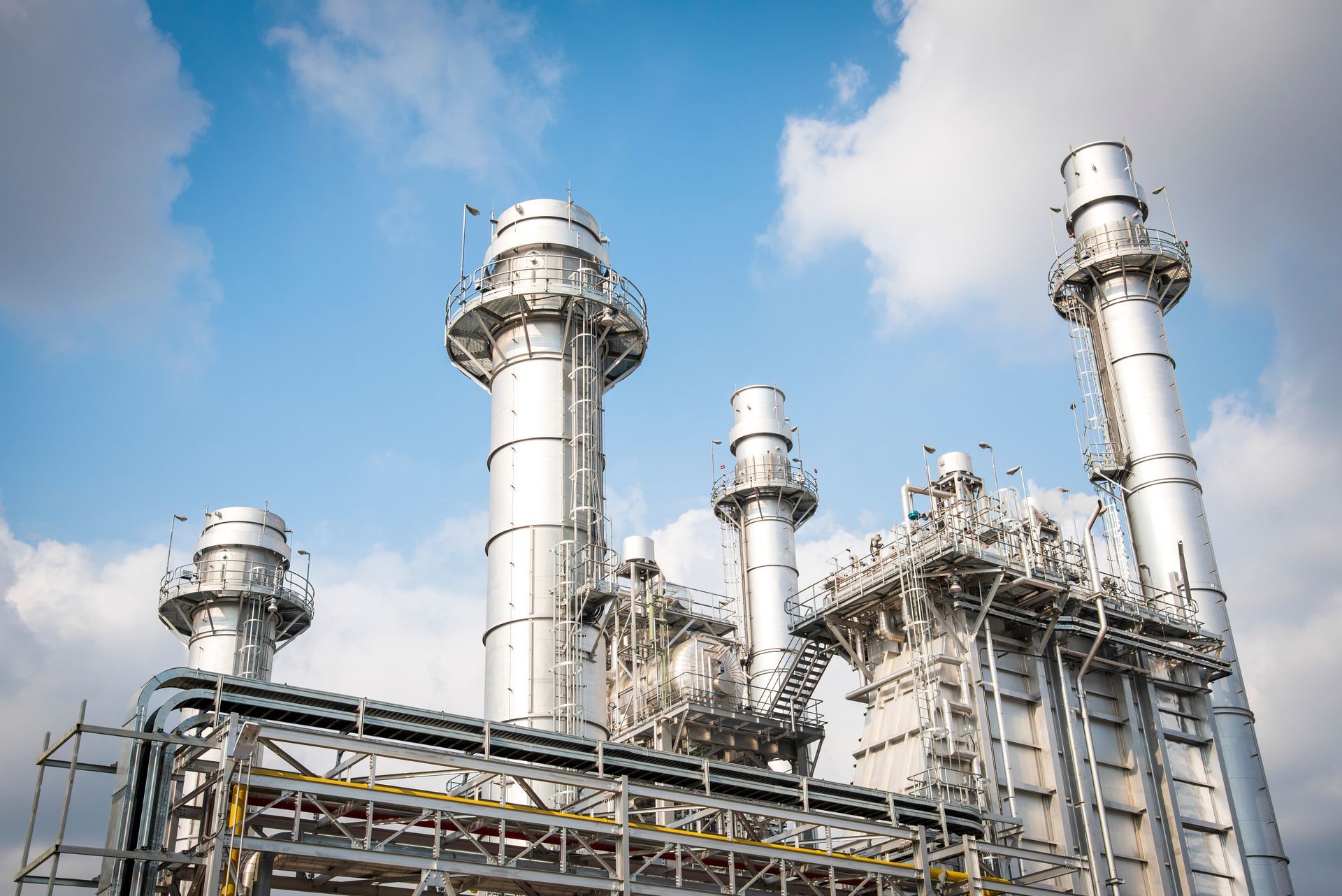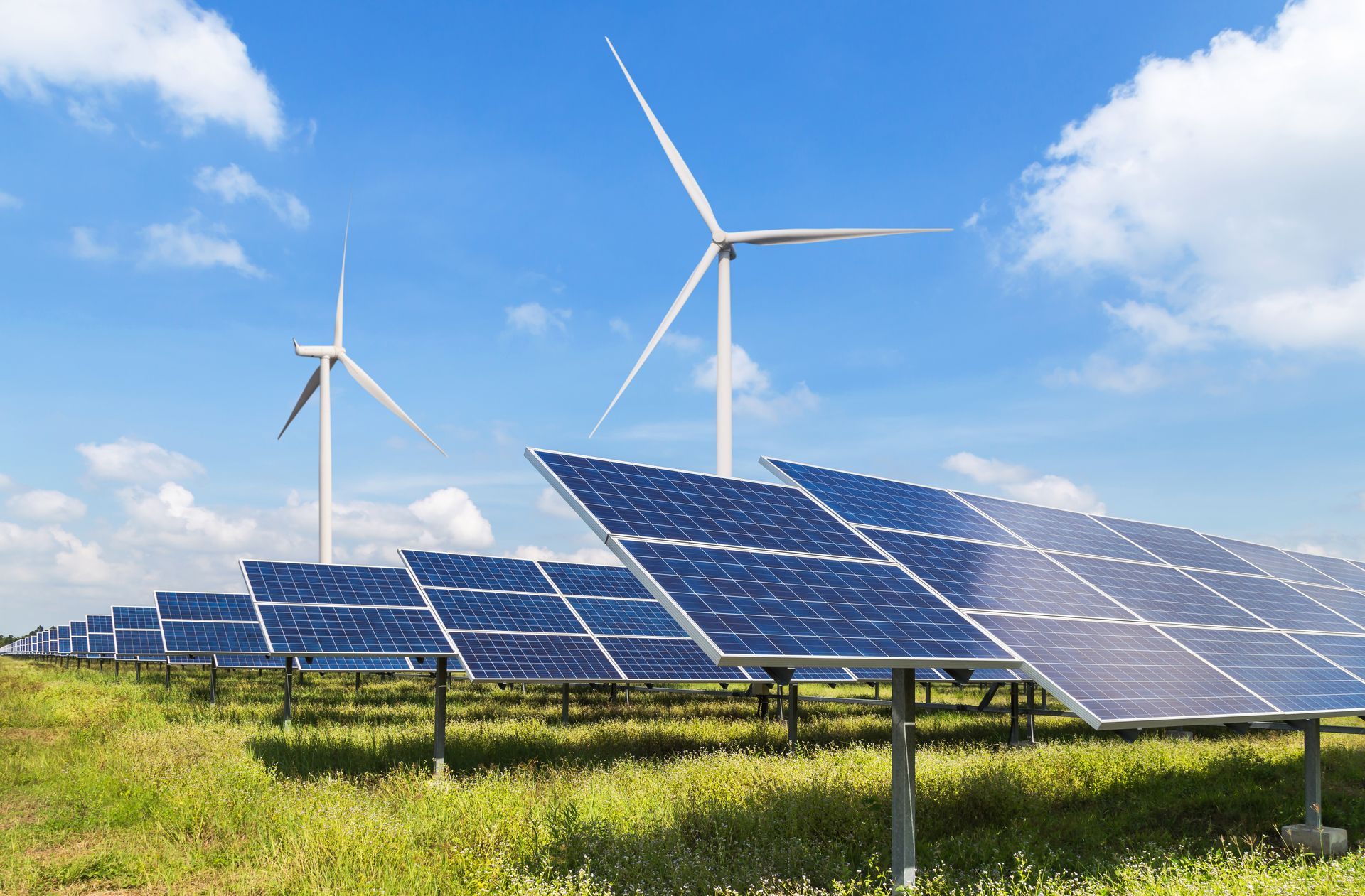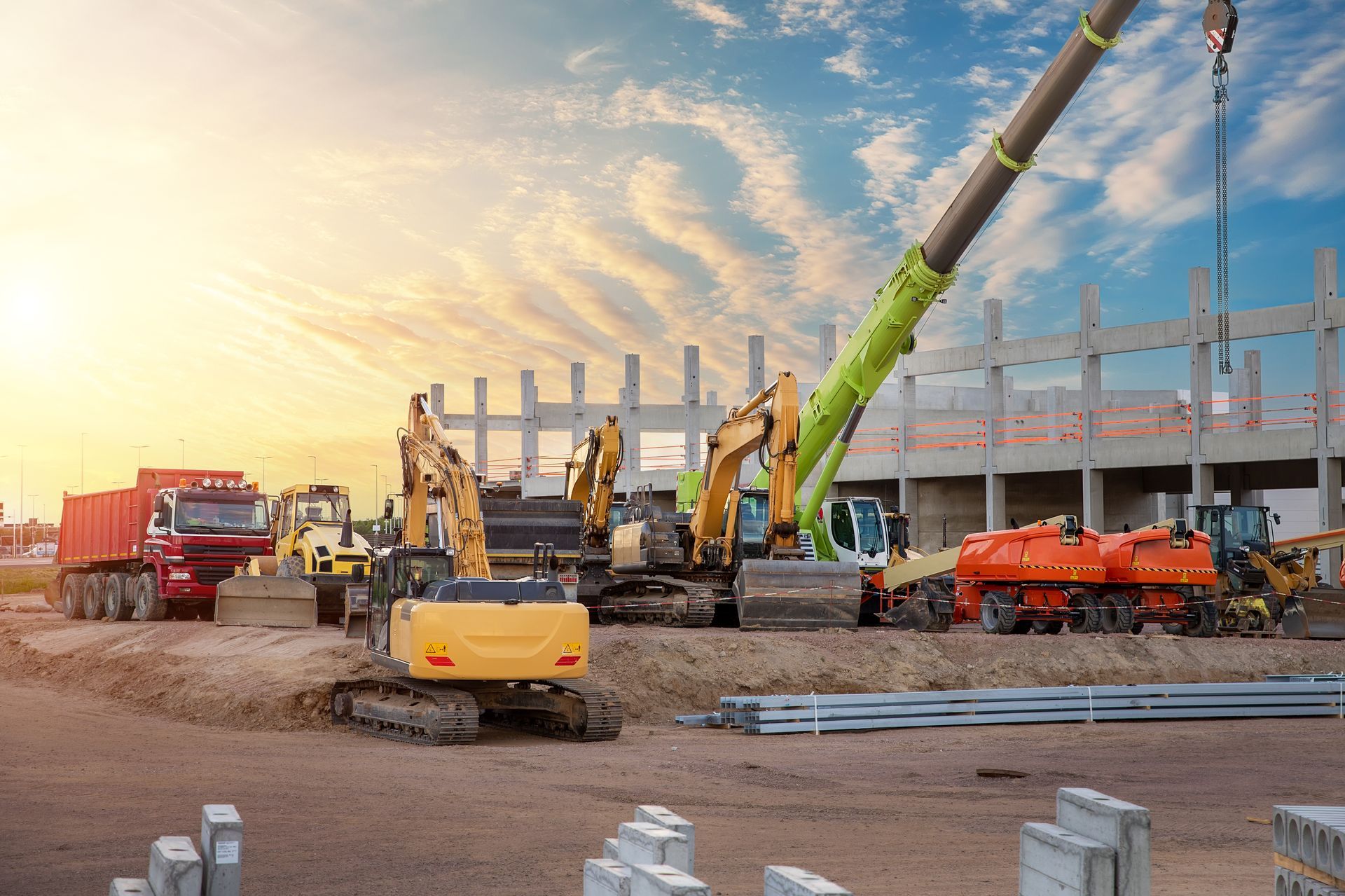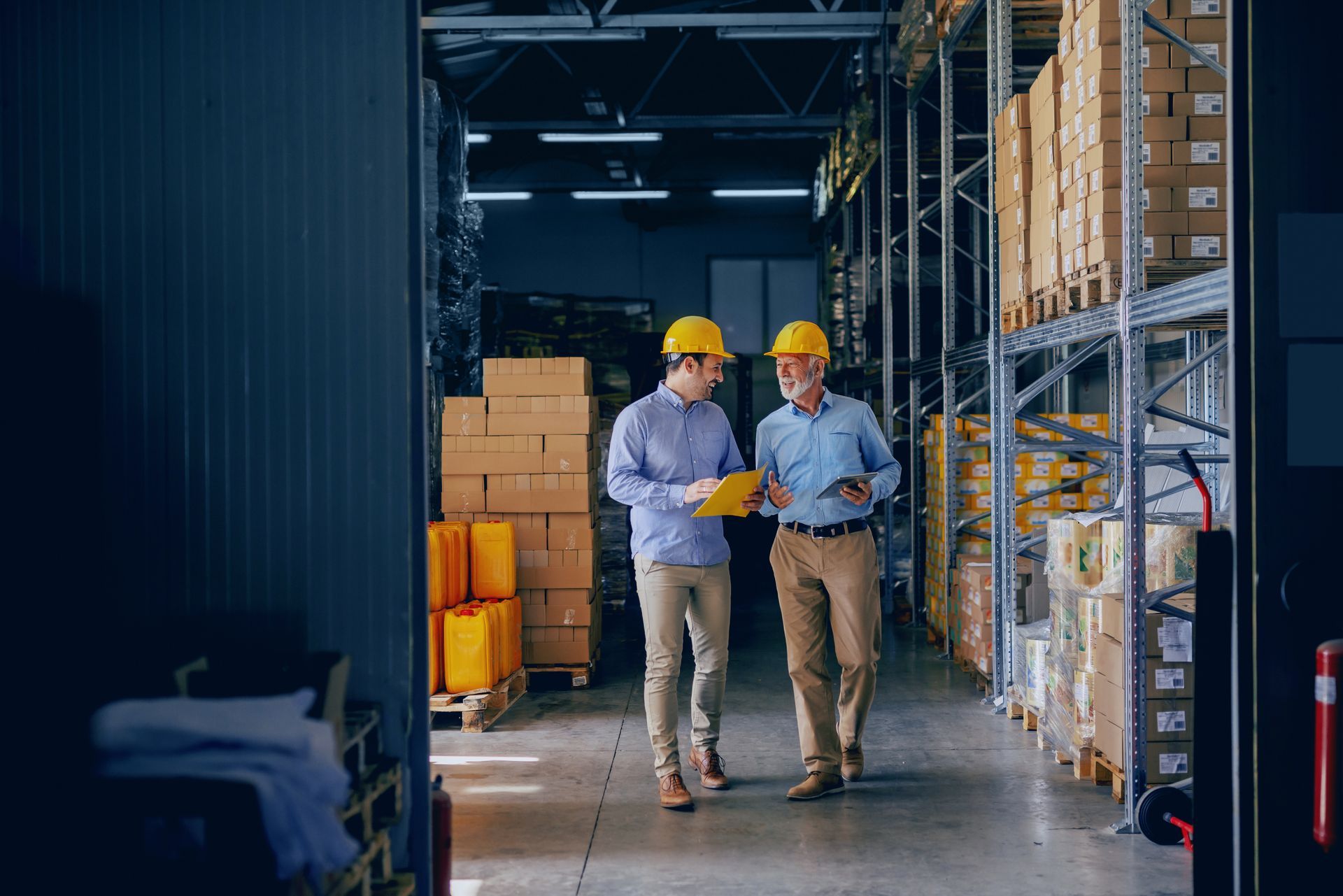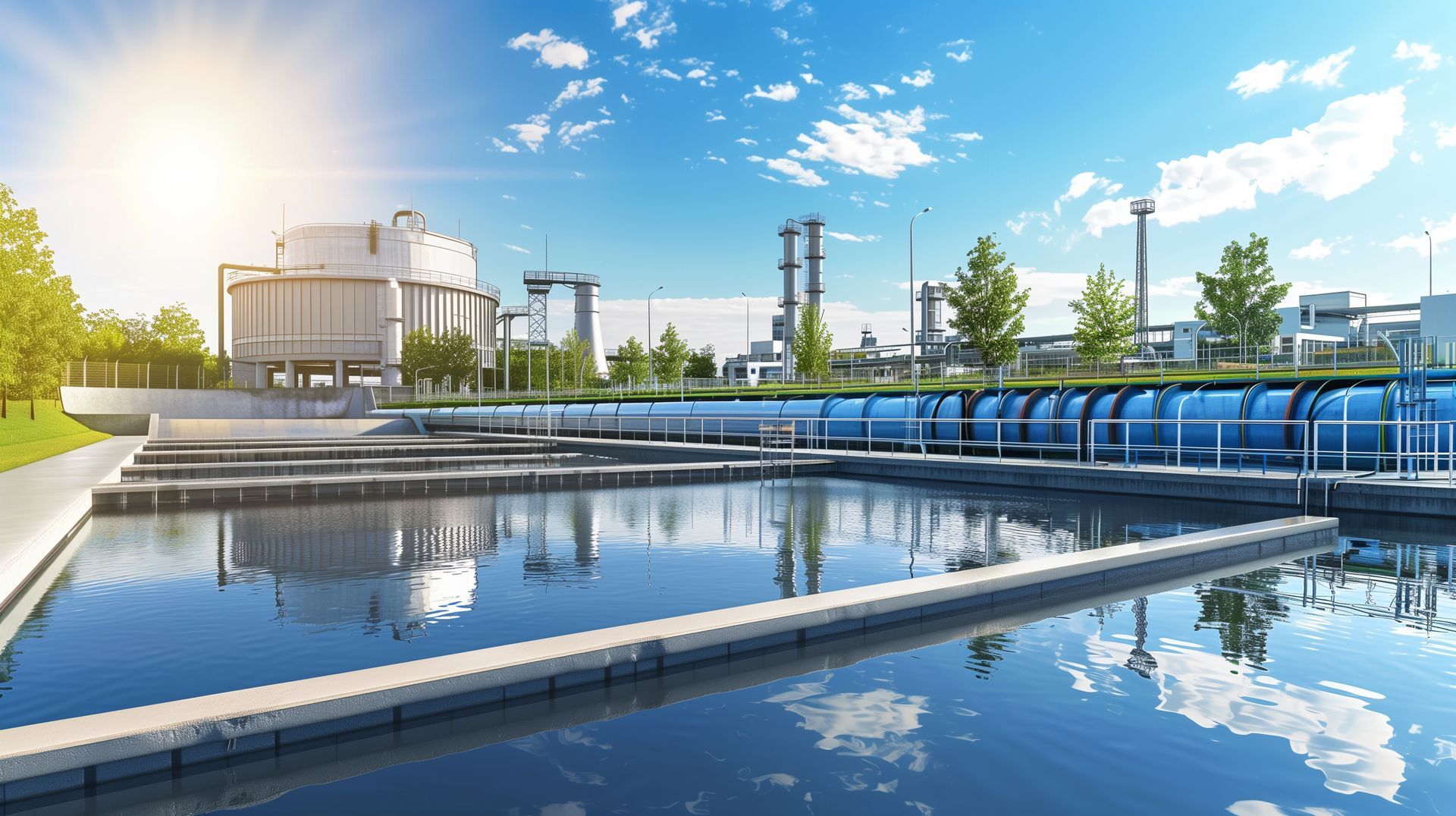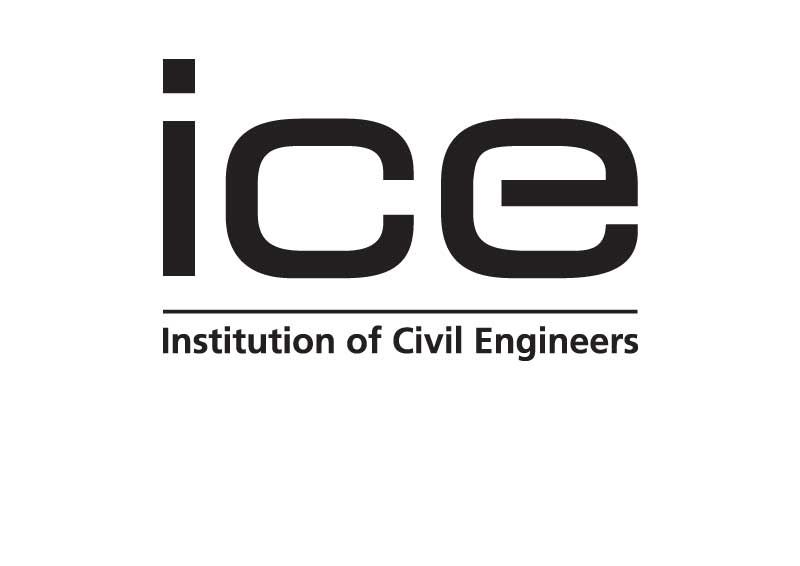29 August 2023

Carbon capture is a key element in energy transition to reduce CO2 emissions of power plants, refineries, oil & gas, and general hydrocarbon projects worldwide. This process can also be used to remove CO2 from the atmosphere.
While that sounds promising, it isn’t a cure-all for our environmental ills, and it doesn’t mean we can carry on as we are, without also doing all we can to provide renewable energy and to reduce our impact on our climate. The costs of carbon capture are currently high, though as technology advances, they will come down, but they pale in comparison with the cost of doing nothing.
Carbon Capture Storage and Utilization (CCSU) is carried out by three methods:
Pre-combustion capture method
The fuel is converted into a gas mixture of hydrogen and CO2 before it is burned. CO2 can be drawn off and stored, and the hydrogen mix can then be used as fuel.
Post-combustion capture method
This method separates the carbon dioxide from the flue gas after the fuel is burned, using a chemical solvent or solid sorbent.
Oxy-fuel technology capture method
Fuel is burnt with mostly pure oxygen, which produces CO2 and steam. The CO2 can then be captured separately for storage.
Oxy-fuel technology and post-combustion equipment can either be retrofitted to existing refineries and power plants or built into new ones. Pre-combustion methods are far better suited to new builds because existing buildings would need far larger modifications and costs would increase.
CCSU is very successful and manages to capture around 90% of the carbon dioxide in gas from a flue, though the technology is still being worked on in the hope of increasing that percentage.
Once the CO2 is captured, it is compressed to a liquid and then injected into suitable geological formations for permanent storage. Ideal locations are coal beds, depleted oil & gas areas, and deep saline aquifers. A cap rock or barrier at the top of these features keeps the CO2 below ground permanently.
But why do we need carbon capture? Why can’t we simply turn off refineries and power plants, stop drilling for oil, and end our reliance on fossil fuels?
If only it was that simple.
Samantha Gross, fellow in the Foreign Policy program at Brookings, covers this beautifully in her article, “Why are fossil fuels so hard to quit?”
She points out that “those pushing to end fossil fuel production now are missing the point that fossil fuels will still be needed for some time in certain sectors. Eliminating unpopular energy sources or technologies, like nuclear or carbon capture, from the conversation is short-sighted. Renewable electricity generation alone won’t get us there — this is an all-technologies-on-deck problem.”
Here are just two reasons why it’s hard to get rid of fossil fuels altogether:
Yes, we have solar power and wind power, for example, but these technologies only work when the sun is out or wind is available. When these options aren’t available and can’t satisfy base load demand of electricity, something else must be used, and that something else is still power plants with fossil fuels or nuclear power, because they are dispatchable sources of electricity, able to be turned on or off or ramped up or down to suit the needs of the energy grid.
Fossil fuels are also more energy dense than other sources. Natural gas, for example, comes in at 53.1 MJ/kg compared to a tiny amount of 0.504 MJ/kg for lithium-ion batteries. For short car journeys, an electric car can carry enough battery weight to keep going. For long-haul truckers, on the other hand, or flying halfway around the world, you can see the problem of the sheer weight of the battery you’d need compared to how much petrol or jet fuel you’d need to carry.
As Gross says, “Science clearly tells us that we need to remake our energy system and eliminate CO2 emissions,” but that’s far easier said than done.
In the meantime, we can continue to develop and improve renewable energies and other technologies and employ carbon capture to both prevent CO2 from entering the atmosphere and remove what’s already there.
While carbon capture is currently expensive, with a learning-by-doing model, prices will come down and technologies will improve, giving us an ever greater chance of success.


79a Grapes House, Suite 4, First Floor
Esher, Greater London
United Kingdom. KT10 9QA
www.dac-consultingservices.co.uk
https://www.linkedin.com/company/dac-consulting-services








